The Facial Implant Market is currently characterized by a dynamic competitive landscape, driven by innovation, technological advancements, and strategic partnerships. Key players such as Sientra (US), Allergan (US), and Mentor Worldwide (US) are at the forefront, each adopting distinct strategies to enhance their market presence. Sientra (US) focuses on expanding its product portfolio through innovative implant designs, while Allergan (US) emphasizes its strong brand recognition and extensive distribution networks. Mentor Worldwide (US) is leveraging its research capabilities to develop next-generation implants, thereby positioning itself as a leader in quality and safety. Collectively, these strategies contribute to a competitive environment that is increasingly shaped by technological advancements and consumer preferences for personalized solutions.
In terms of business tactics, companies are increasingly localizing manufacturing to reduce costs and enhance supply chain efficiency. This approach appears to be particularly relevant in a moderately fragmented market where several players vie for market share. The collective influence of these key players is significant, as they not only drive innovation but also set industry standards that smaller companies often follow. The competitive structure is evolving, with larger firms acquiring smaller entities to bolster their technological capabilities and market reach.
In August 2025, Sientra (US) announced a strategic partnership with a leading technology firm to integrate AI-driven analytics into its product development process. This move is likely to enhance Sientra's ability to tailor its offerings to meet specific consumer needs, thereby improving customer satisfaction and loyalty. The integration of AI could also streamline operations, reducing time-to-market for new products.
In September 2025, Allergan (US) launched a new line of biodegradable facial implants, which reflects a growing trend towards sustainability in the industry. This initiative not only aligns with consumer preferences for environmentally friendly products but also positions Allergan as a forward-thinking leader in the market. The introduction of biodegradable options may attract a new segment of environmentally conscious consumers, potentially increasing market share.
In October 2025, Mentor Worldwide (US) unveiled a comprehensive training program for healthcare professionals focused on the latest advancements in facial implant technology. This initiative underscores Mentor's commitment to education and quality assurance, which are critical in maintaining trust and safety in the market. By investing in training, Mentor is likely to enhance the overall standard of care in the industry, further solidifying its reputation as a leader.
As of October 2025, the Facial Implant Market is witnessing trends such as digitalization, sustainability, and the integration of AI technologies. Strategic alliances are becoming increasingly important, as companies seek to leverage each other's strengths to enhance their competitive positioning. The shift from price-based competition to a focus on innovation, technology, and supply chain reliability is evident, suggesting that future differentiation will hinge on the ability to deliver superior products and services that meet evolving consumer demands.


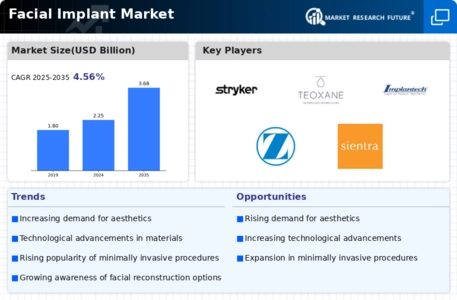
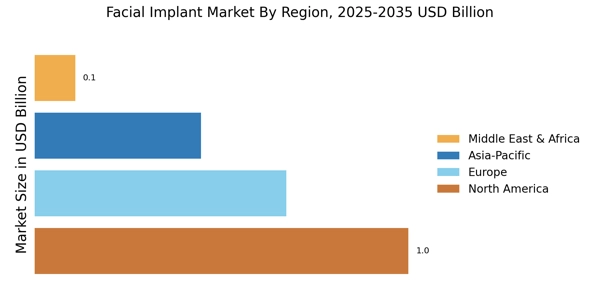
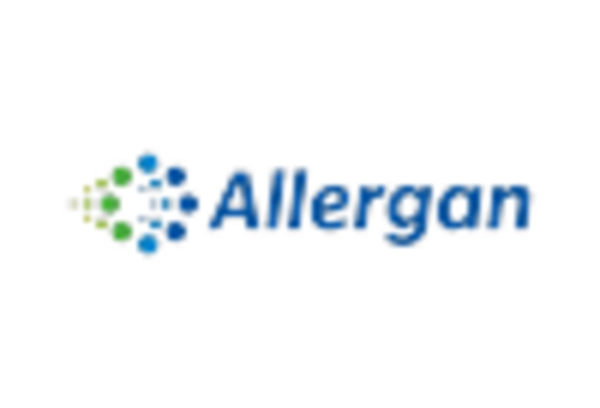
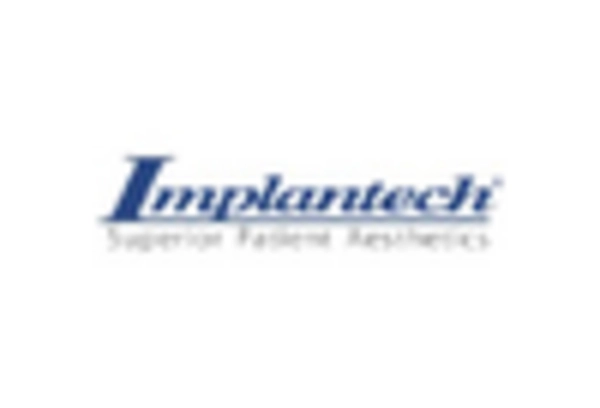
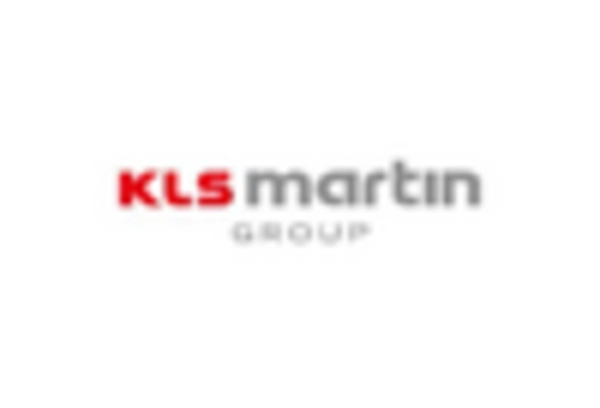
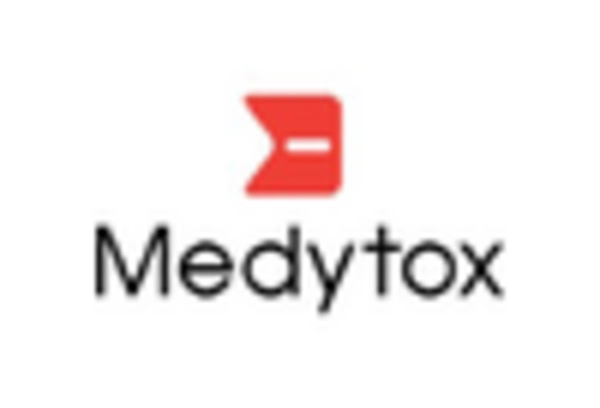
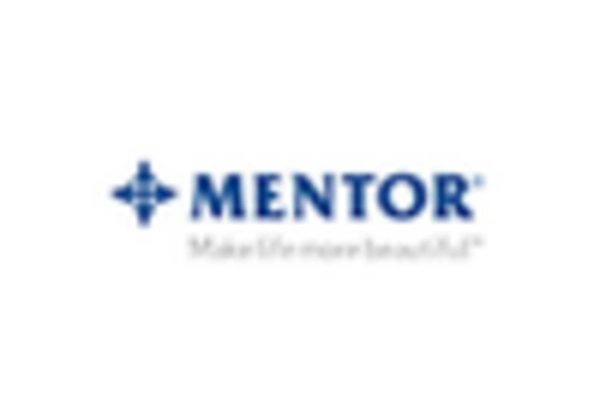
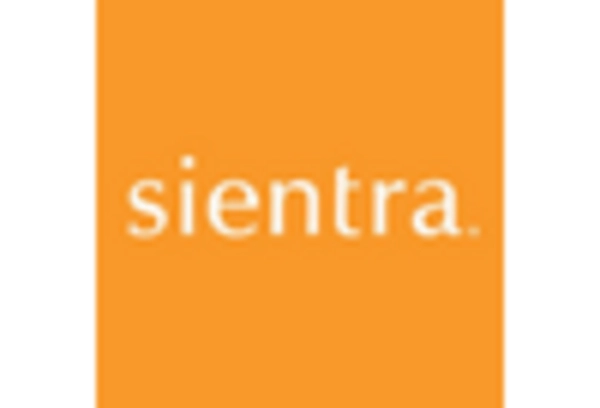








Leave a Comment